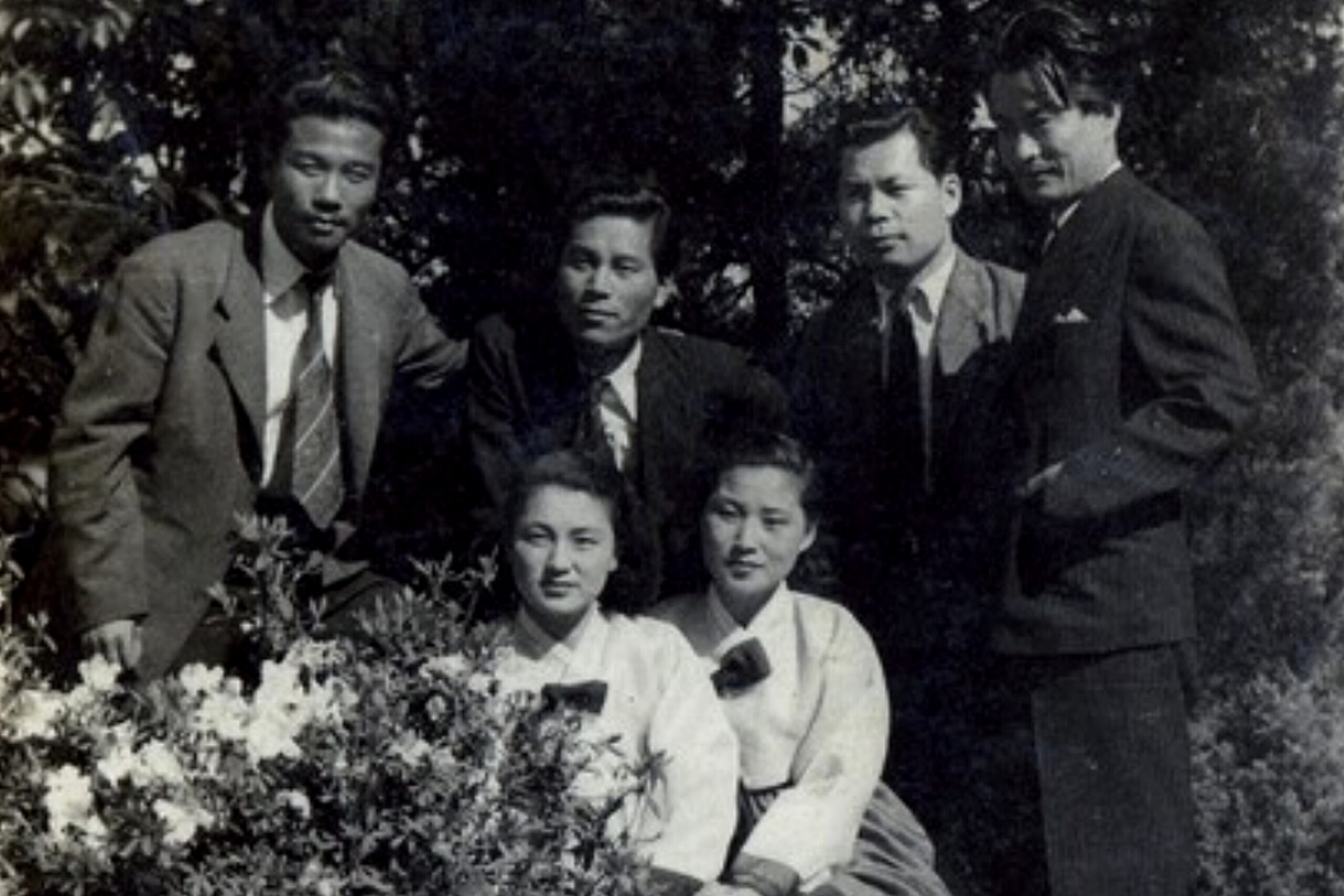Seen as a pivotal moment in Korean cinema's technological evolution, its director, Hong Seong-gi, allegedly assembled technicians for the production in a milieu where filmmaking experts were rare

The production crew and actors of ‘A Diary of Woman.' Photo: Korean Film Archive, courtesy of Newsis.
If you skim my stories, you know Korean cinema can get me to a fever pitch thanks to its genius. That said, besides sampling a wider variety of Korean films, I’m raring to go about things, yes, with bells on, to learn more about their past, and in a bid, I’d often be trawling Korean movie archives. This post follows suit; it’s about Hong Seong-gi’s 1949 16mm A Diary of Woman, the first Korean color film to premiere in Korean cinema following independence. I assume that if you’re also into Korean cinema or a film fan in general, this should be an interesting read.
A Diary of Woman, which documents the Encyclopedia of Korean Culture, premiered on April 9, 1949, at the Sudo Theater or Scala Theater in Seoul. Seen as a pivotal moment in Korean cinema’s technological evolution, it should’ve occurred like an epiphany, for director Hong, then 25, allegedly assembled technicians for the production in a milieu where filmmaking experts were few—rare, for that matter.
The real account of Hwang On-sun’s life in the film has Ju Jeung-ryu’s Oh-sun in love with her friend’s elder brother (Song Jae-ro); she gets duped into marrying him and is aghast upon learning he’s already married. A devastated Oh-sun opts for renunciation to focus on humanitarian work by opening a daycare facility. The time made it hard for her to do so, yet an unyielding drive surmounted all odds, and she inevitably flourished in the business. Following the Korean War, she set up an orphanage, earning the reputation of “mother of war orphans” by enrolling war orphans at the Jeju Agricultural High School. Also, she built a relief base at Seoul Station right as the country was freed to serve those discharged from Japanese enlistment.
Newsis, a Korean website, reports: Notwithstanding the post-war disarray, A Diary of Woman amassed an avid following, drawing gobs of spectators! Its intensity was true to societal senses and, more specifically, rang with the emotions of female audiences at the time. Sadly, the screening period was short—just one week—and it’s figured that’s because the colors weren’t properly reproduced. The colors were noticeably unclear when it was magnified for cinema viewing, as opposed to when it was assessed in a small version. As per a post in The Chosun Ilbo, it was shot on Kodachrome, a reversal film (slide film), but the processing was subpar, rendering it unable to recreate rich colors and leaving the capture unfinished. Still, the movie’s brief run wasn’t detrimental to its appeal. 50,000 viewers dropped in to watch it, an impressive figure at the time.
Featuring artists Agni, Niki Choudhury and more
The song, which adapts Belinda Carlisle’s 1987 hit ‘Heaven Is A Place on Earth,’ marks…
Across five tracks, the rapper, singer and songwriter meditates on Lord Shiva, blending R&B, pop…
The cinematic video unfolds in the lap of nature amid joy, laughter, friendship, and freedom—the…
Mumbai singer-songwriter teams up with guitarist-songwriter Debanjan Biswas, with the video also including an appearance…
The trial of Frank Butselaar, who pleaded guilty to tax fraud, lifted the veil on…